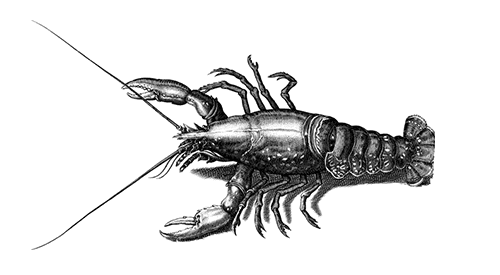Plant Micronutrient Uptake Challenges and the Benefits of Chelated Fertilizers
Adam Nawrocki, Director of ADOB, explains why plants can have difficulties accessing micronutrients and explains some of the advantages of using chelated micronutrients in both soils and fertigation.
Why is it difficult for plants to access micronutrients and what factors can affect their availability in soils?
Plants can experience micronutrient deficiencies in a variety of situations, including during drought; in high pH, calcareous soils; when there are high concentrations of bicarbonates or phosphates; after liming; and when there are antagonistic reactions between micronutrients (if one is available in excess).

What is chelated fertilizer and what are its benefits for delivering micronutrients to plants?
Chelates comes from the Greek word chelé, which means lobster’s claw. This describes the pincer-like way that a metal micronutrient ion is encircled by a larger organic molecule ‘claw’, called a ligand or chelator. This process protects metal micronutrients from reacting with their surroundings while the pincer-like bonding with the chelator improves foliar plant uptake efficiency. Iron, copper, manganese, and zinc are all examples of micronutrients that can be chelated.
Chelated micronutrients are much more stable in agronomic conditions compared to those in inorganic salt form. As a result, they are very efficient in high pH soils and when high pH water is used to grow crops, they don’t precipitate into insoluble hydroxides and phosphate forms and they can be mixed with other mineral fertilizers and inputs such as pesticides. They are also particularly well suited for direct foliar applications.
Can you tell us about the use of chelated fertilizer for fertigation?
Fertigation is one of the most popular applications for chelated micronutrients. The benefits of chelated fertilizers include: their ability to remain stable in solution, no matter what pH the water is or other compounds present; their stability in a variety of soil conditions; the quantity applied can be easily adjusted according to the growth stage and deficiency symptoms in plants; and they don’t block pipes and nozzles in fertigation systems.
When are chelated micronutrients applied to the soil?
The first step is obviously to analyze the soil in order to understand what the concentrations of micronutrients are. in general, pretty much all soils are missing one or more micronutrients, or due to high pH levels they are not available to plants. Chelated micronutrients are applied as preventive or forced treatments.
They are also applied to help produce high yielding crops or where crops specifically demand micronutrients. In general, chelated micronutrient fertilizer can help produce high yields, good quality agricultural products and provide necessary amounts of micronutrients (such as zinc and iron) in humans diet.

